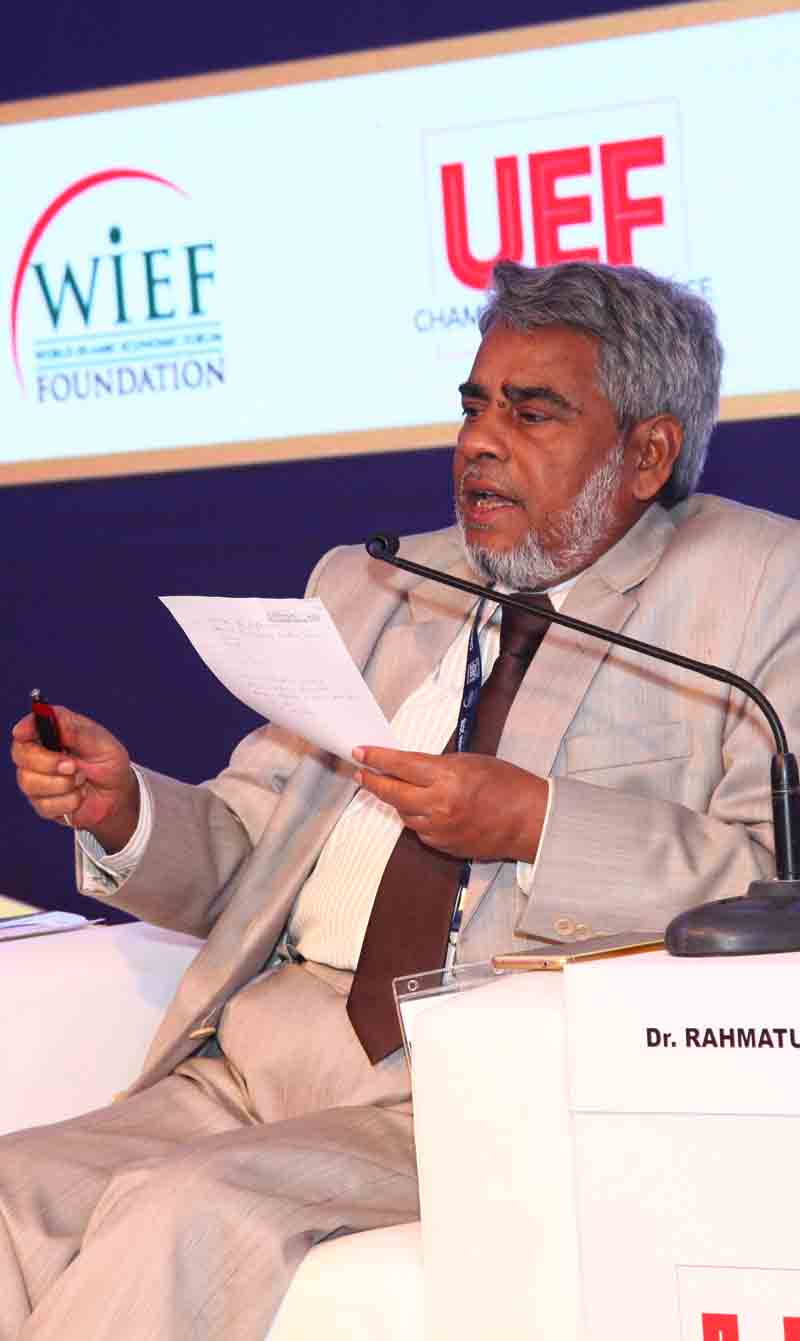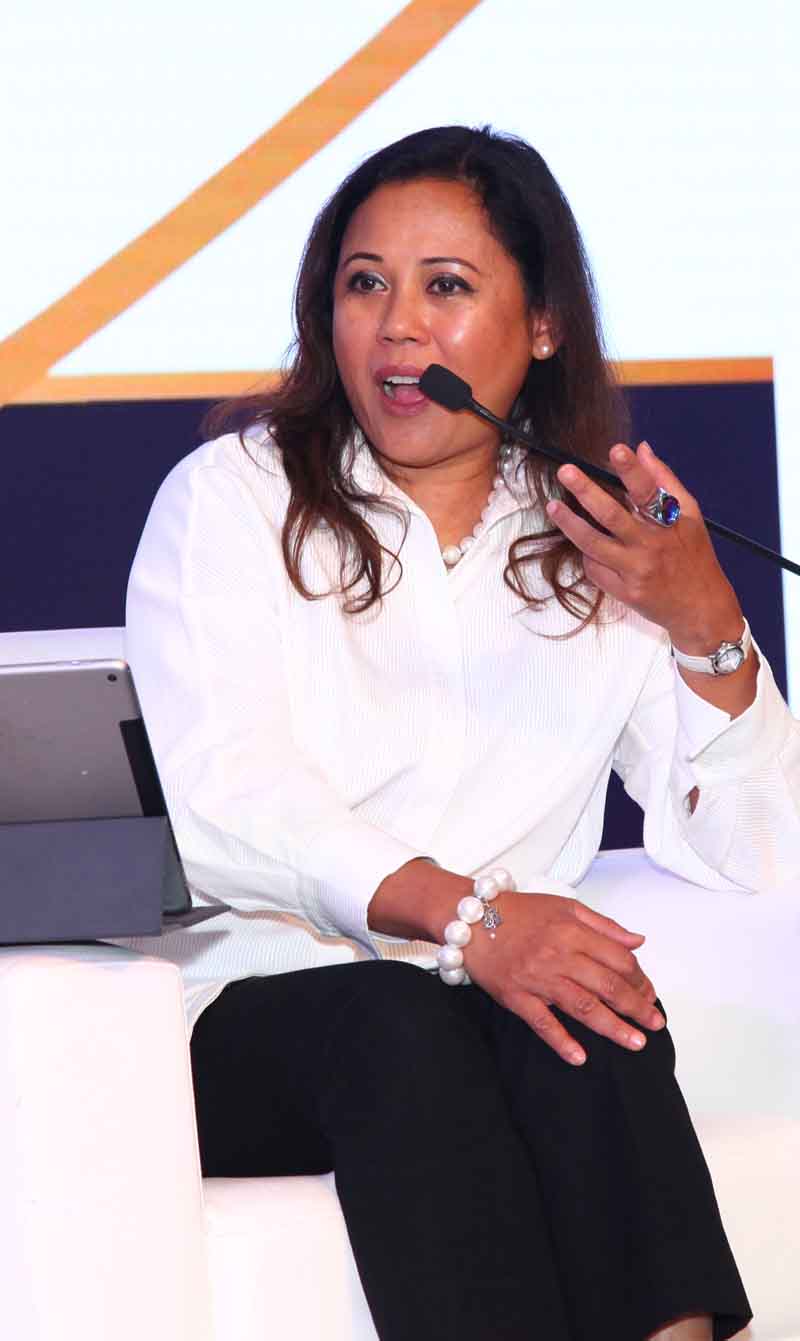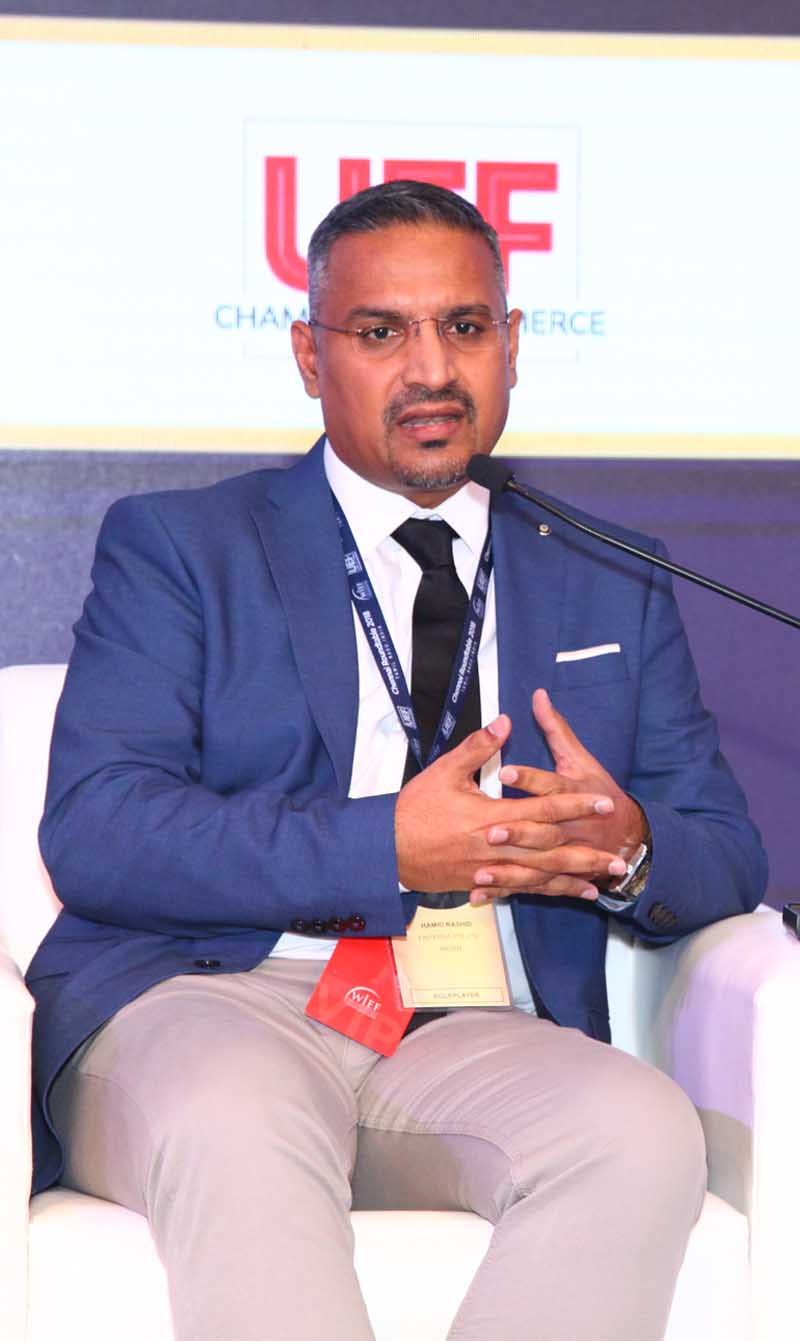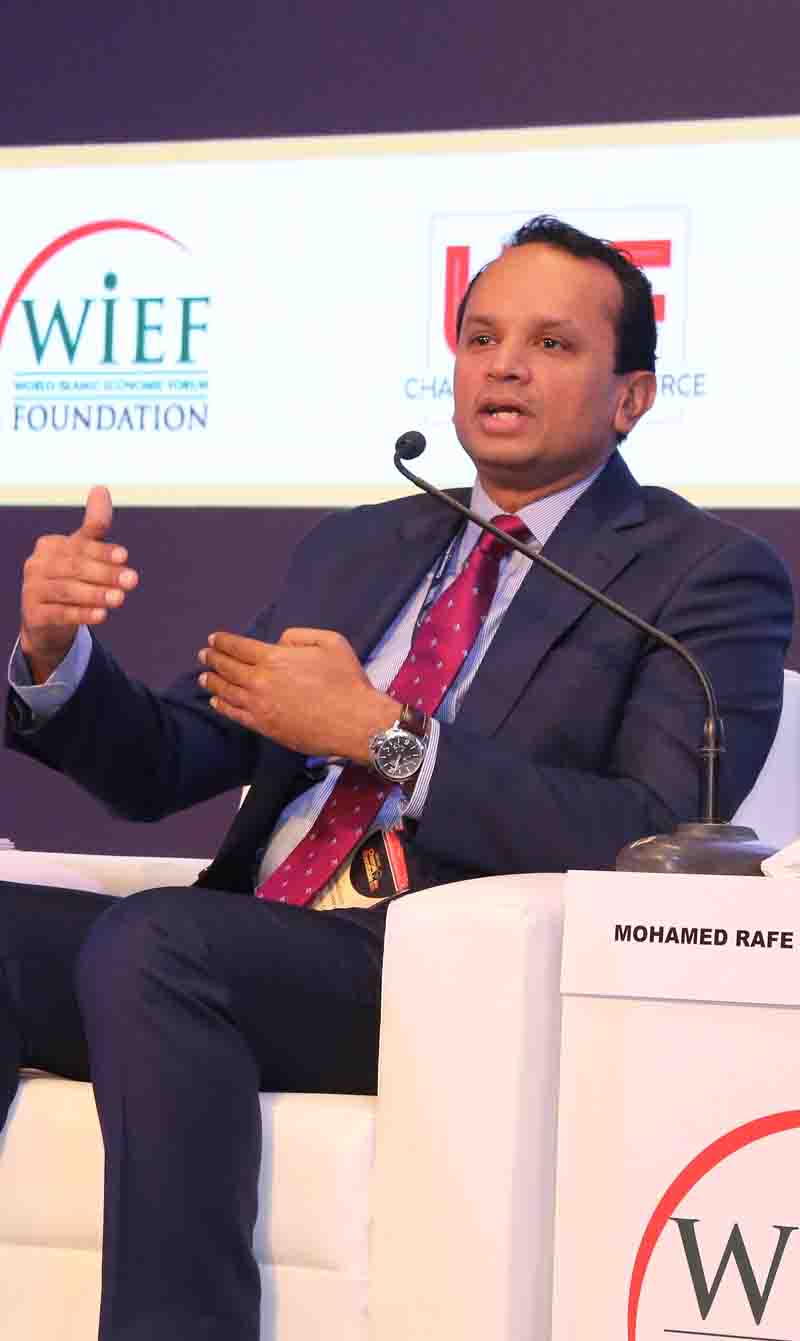Islamic social finance and humanitarian action
The world is facing a humanitarian crisis of alarming proportions and there is an urgent need to address the basic human needs millions of people affected by conflicts and disasters. While the private sector and the financial industry can play pivotal roles in addressing these challenges, how can Islamic social financing help address the funding gap in humanitarian tragedies?
The gap in humanitarian funding
Conflicts, natural disasters and chronic situations such as droughts have led to an unprecedented humanitarian crisis, the most visible and lasting effect of which is the large numbers of people forced to flee their homes and abandon their normal lives.
More than 60 million people are displaced and over 95 per cent of current global conflicts are occurring in Muslim-dominated countries struggling with poverty and inequitable growth.
Five member-countries of the Organisation of Islamic Cooperation (OIC) account for more than half a billion of the world’s poor with incomes below USD1.90 a day (the World Bank’s international poverty line), while another five OIC countries account for 600 million of the world’s poor. Many of these countries have been aid-dependent for more than 10 years and have remained completely unable to lift themselves out of the poverty cycle, let alone prepare for the future impact of climate change and other disasters.
In 2014, traditional donors for international humanitarian relief were the OECD Development Assistance Committee and multi-lateral institutions. In 2015, the amount of funding from traditional donors was approximately USD12 million, while other funding sources included the UN’s Central Emergency Response Fund (CERF), country-based pooled funds and private-sector resources.
Although USD19.5 billion was pledged by the humanitarian system in 2015, less than 70 per cent of the UN funding requirement was met. There is thus an urgent need to examine social financing as a humanitarian response that traditional charity is no longer able to provide sustainably.
Meeting funding needs through Islamic social finance
Islamic social finance can help fill the current gap in the humanitarian funding through instruments such as sukuk as well as social financing mechanisms such as zakat, waqf and sadaqah.
There is a great deal of wealth in the Muslim world—at least USD600 billion in excess zakat from OIC countries—that can potentially be distributed for humanitarian causes. For example, zakat, waqf and sadaqah can be used in a pilot project involving schools: zakat can provide daily meals to ensure that children get at least one meal a day for proper nutrition (which will also help keep them in school); waqf can be used to provide facilities for the schools; and sadaqah can be used to purchase school uniforms and stationery.
There are also efforts underway to establish an independent, autonomous shariah-compliant fund that can capture zakat, waqf and sadaqah from all over the world and channel the funds towards high-impact aid organisations, but challenges exist: Islamic finance must reconcile the apparent contradiction between its commercial and social roles—it must serve the interests of its commercial stakeholders while fulfilling the goals of humanitarian assistance.
Furthermore, the private sector has limited control over waqf and zakat in many jurisdictions, as these assets are mostly under the administration of governments and state authorities, and while there are no conditions in shariah that limit zakat to Muslim recipients, misconceptions have led to bias in the distribution of zakat.
Muslim organisations also face the problem that transmitting funds is now subject to a great deal of scrutiny in many jurisdictions due to the prevalence of counter-terrorism laws.
Any framework to facilitate Islamic social financing for humanitarian aid must, therefore, be spearheaded by an international, independent and credible body that is linked to organisations such as the Islamic Development Bank. Such a body must have a clear governance structure and an international advisory board.
How to use Islamic financing tools
There is a great demand for social financing in humanitarian work and there is also a great potential supply of funds from OIC member-countries. However, these Islamic financing assets must be monetised: sukuk, for example, can be used to intermediate zakat and waqf to meet the demand of humanitarian crises.
The principal from waqf assets must be protected in perpetuity and cannot be used for humanitarian aid—only its proceeds can be employed in this way. As a solution, the traditional donor can issue a “humanitarian sukuk” in which waqf managers can invest. The funds raised from such a sukuk can be distributed immediately where aid is most needed, and the donor can repay the waqf institution over a period of 10 or 20 years.
Zakat funds, on the other hand, must be distributed in the year it is collected to those who meet the relevant asnaf requirements. As a solution, a humanitarian fund can be established solely for zakat investment that is entirely separate from waqf asset investment.
As 80 per cent of humanitarian funding demand comes from the development or redevelopment needs of communities affected by protracted crises, it is important to break down the distinction between humanitarian needs and development needs. People affected by crises need to rebuild their lives immediately, which includes new infrastructure, opportunities to earn livelihoods and continued education.
Waqf and zakat can be used to meet these needs: zakat funds can be distributed directly to those needing aid but they can also be used effectively through microfinancing via the principle of qard, which ensures that the funds are better managed by recipients. Also, waqf assets can be used to support development needs such as providing educational opportunities to refugees.
In all cases, careful research must be carried out to explore the feasibility of implementing Islamic social finance on a global scale. What is clear, however, is that the success of Islamic social financing will depend on the public sector, which currently maintains tight control over zakat and waqf assets. The authorities must be fully amenable to using Islamic financing to fill the gap in international humanitarian funding while ensuring that their local needs are met.
Humanitarian crisis in numbers:
More than one billion people live on less than USD1 per day.
More than three billion people live on less than USD2 per day.
Some 805 million people (one in nine) routinely go to bed hungry.
Some 750 million people lack access to safe water.
Around 2.5 billion people have no access to adequate sanitation.
More than 60 million people are displaced and more than half are children.
Around 100 million people live without any kind of shelter.
Less than 70 per cent of the UN funding requirement was met in 2015, with the gap of USD7.5 billion in unmet funding.
___________________
This was first published in a report from the 11th WIEF in Kuala Lumpur.
Photo Credit: Abigail Keenan





